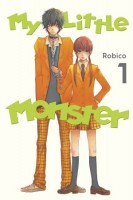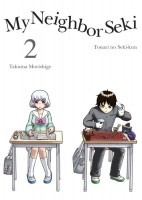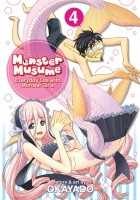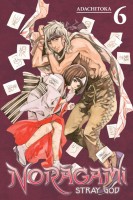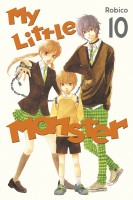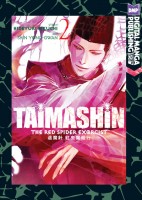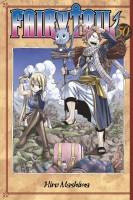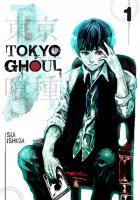The end of November is almost here, and you know what that means! It’s time for another manga giveaway at Experiments in Manga. As is tradition for November’s giveaway, in celebration of Thanksgiving in the United States (my favorite holiday) I’m offering up a manga feast. You all will have a chance to win not one, but four volumes of manga this month: LDK, Volume 1 by Ayu Watanabe; Let’s Dance a Waltz, Volume 1 by Natsumi Ando; My Little Monster, Volume 1 by Robico; and Say I Love You, Volume 1 by Kanae Hazuki–a veritable smorgasbord of shoujo from Kodansha Comics! And, as always, the giveaway is open worldwide.
When I used to think of Kodansha Comics, shoujo manga never really came to mind. However, over the last couple of years, the publisher has made a point to expand its shoujo offerings. As a result, Kodansha has started to develop a nice catalog of shoujo manga, including titles that feature science fiction, mystery, action, romance, comedy, drama and more. For the most part, I’ve really been enjoying Kodansha’s shoujo series and I like seeing the variety in the manga.
So, you may be wondering, how can you win a Kodansha Shoujo Smorgasbord?
1) In the comments below, tell me a little bit about your favorite shoujo manga released by Kodansha Comics. (If you don’t have one yet, simply mention that.)
2) If you’re on Twitter, you can earn a bonus entry by tweeting, or retweeting, about the contest. Make sure to include a link to this post and @PhoenixTerran (that’s me).
And there you have it! Each person can earn up to two entries for this giveaway and has one week to submit comments. If you have trouble leaving comments, or if you would prefer, entries can also be emailed to me at phoenixterran(at)gmail(dot)com. I will then post the comments here in your name. The giveaway winner will be randomly selected and announced on December 2, 2015. Good luck to you all!
VERY IMPORTANT: Include some way that I can contact you. This can be an e-mail address in the comment form, a link to your website, Twitter username, or whatever. If I can’t figure out how to get a hold of you and you win, I’ll just draw another name.
Contest winner announced–Manga Giveaway: Kodansha Shoujo Smorgasbord Winner



